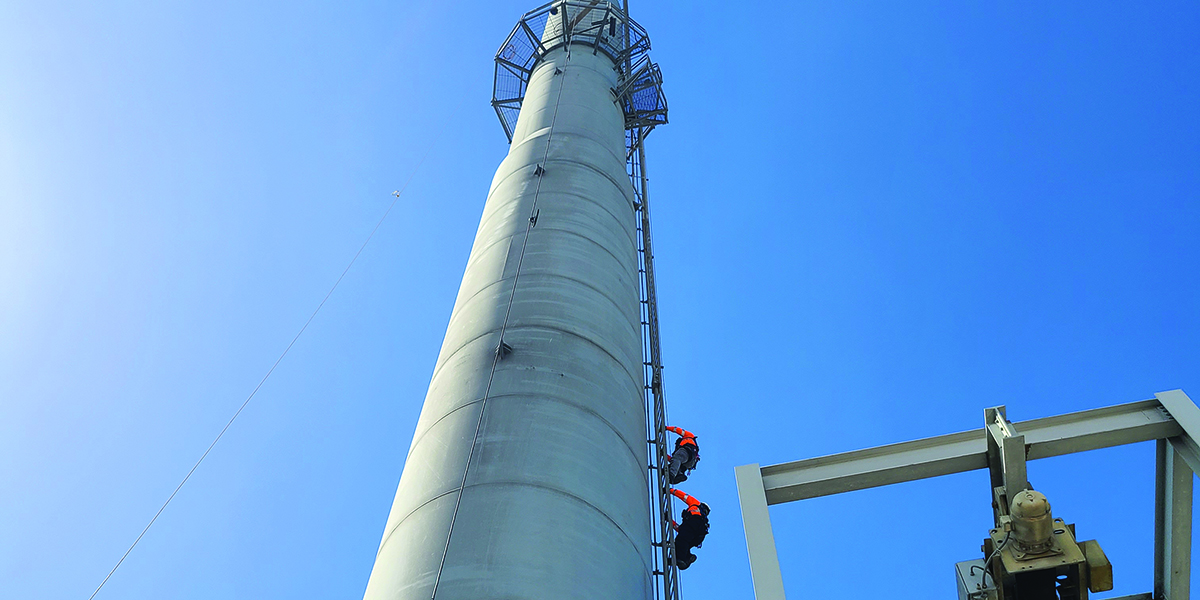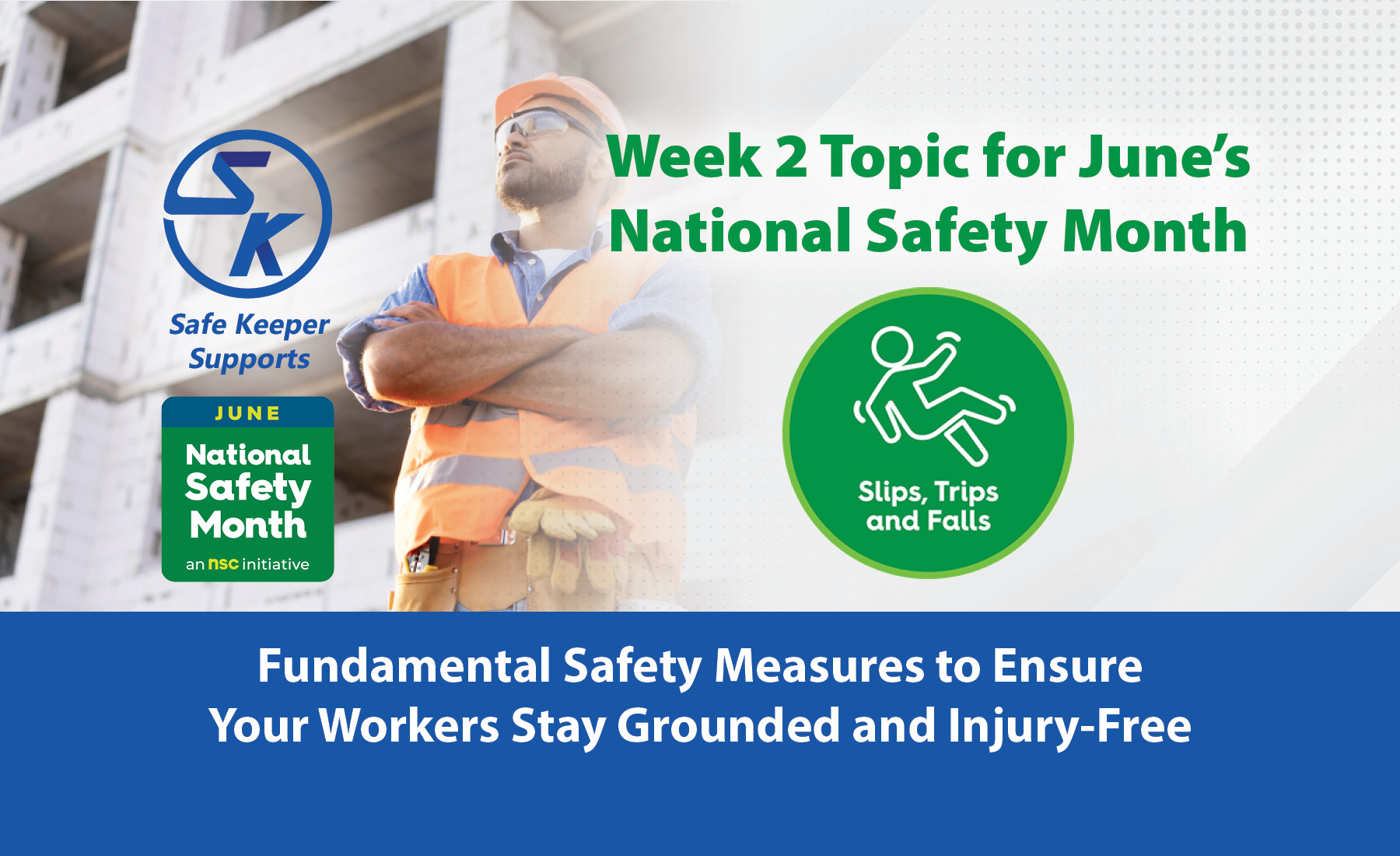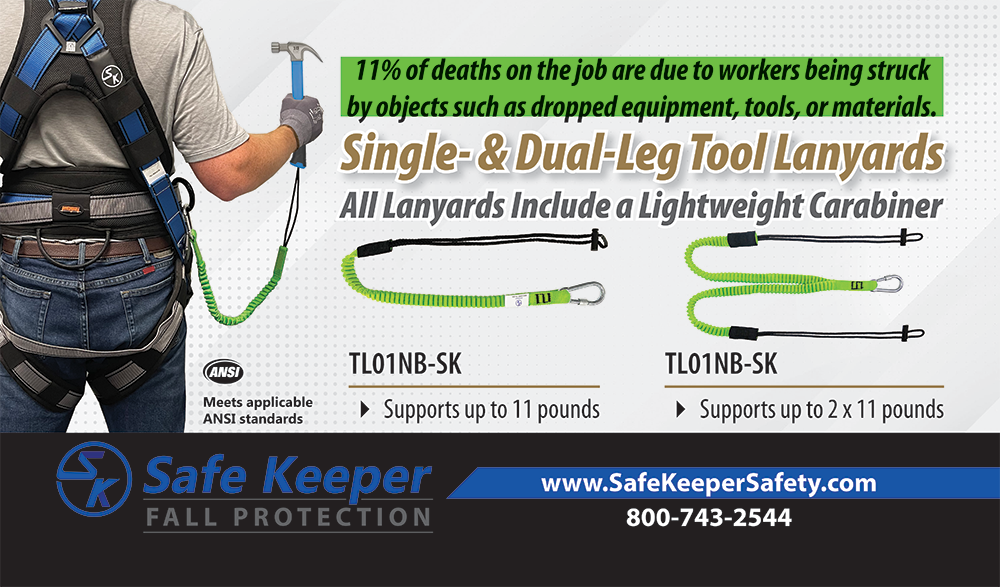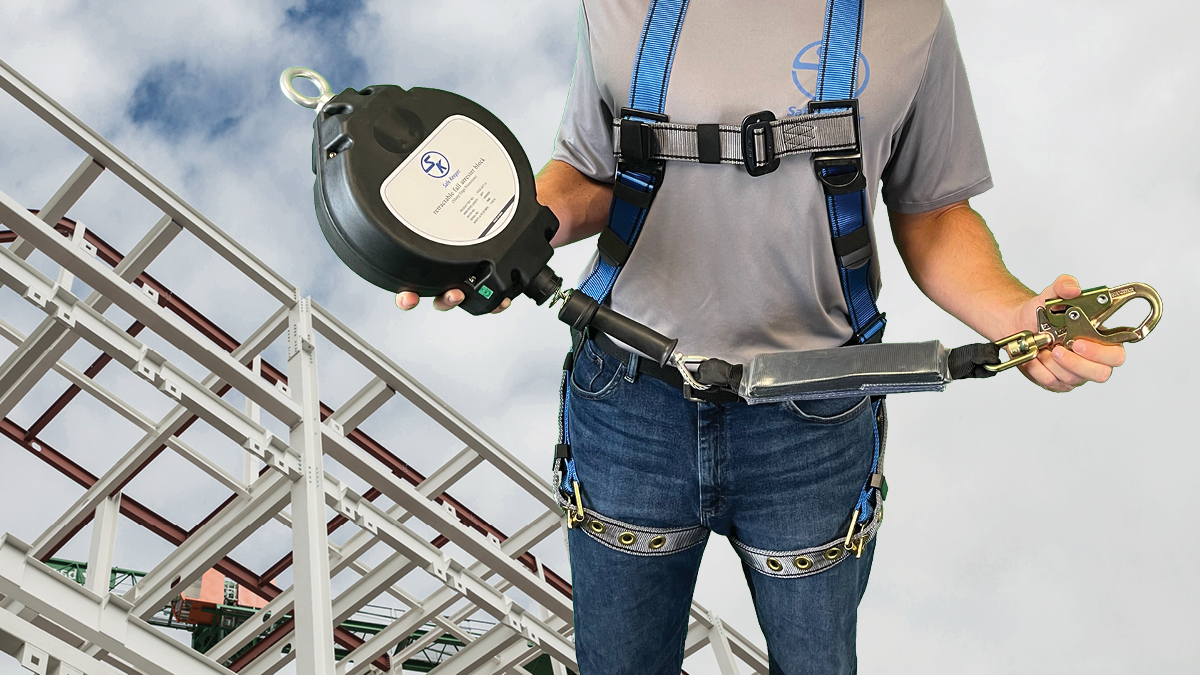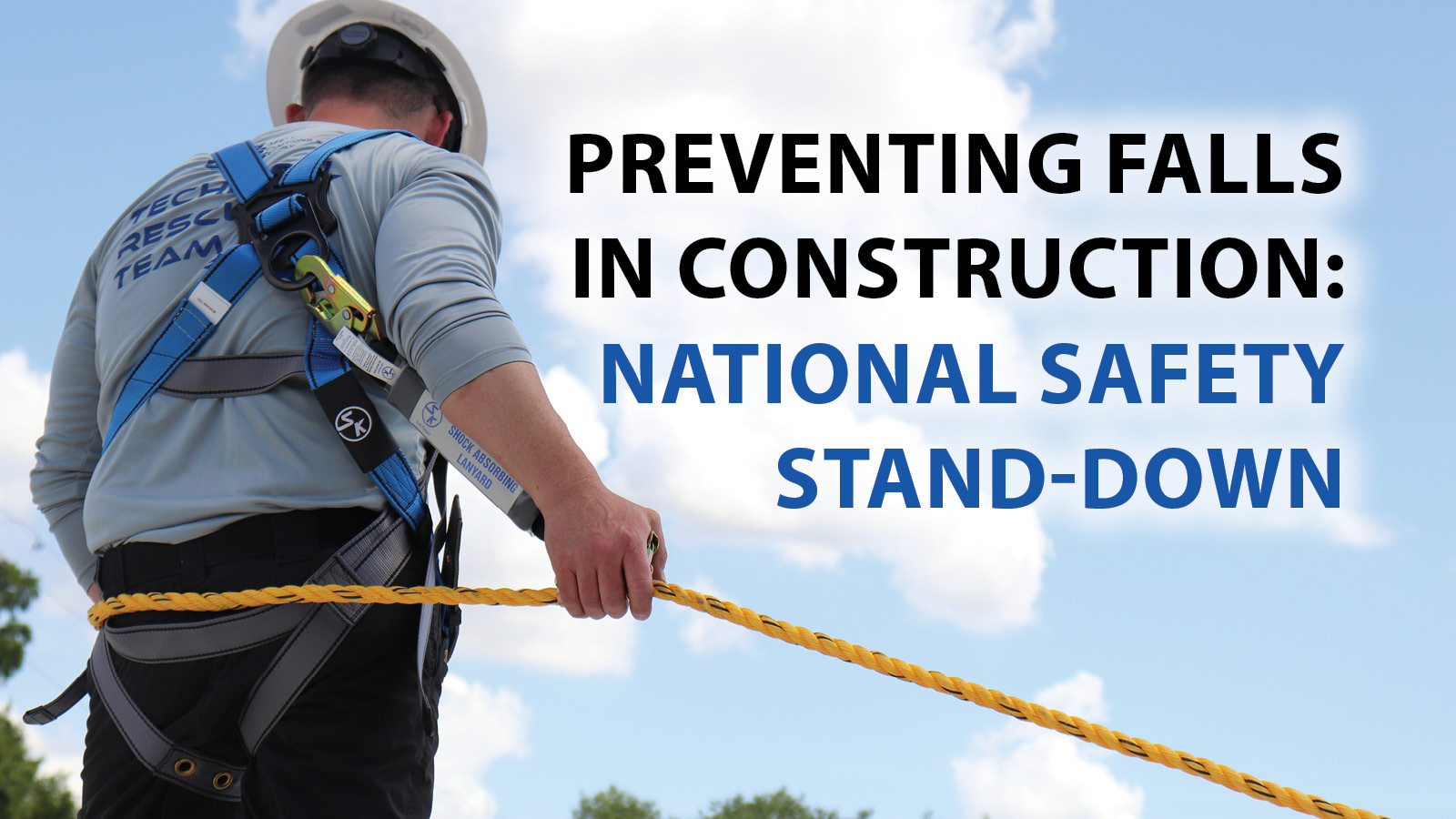OSHA’s 1910.28(b)(9)
The Occupational Safety and Health Administration (OSHA) has specific requirements for ladder safety systems. OSHA’s 1910.28(b)(9) standard is broken into several sections and mandates employers provide ladder safety systems for fixed ladders that extend more than 24 feet (7.3 m) above a lower level—the employer must ensure the following:
- Existing Fixed Ladders. Each fixed ladder installed before November 19, 2018, is equipped with a personal fall arrest system, ladder safety system, cage, or well;
- New Fixed Ladders. Each fixed ladder installed on and after November 19, 2018, is equipped with a personal fall arrest system or a ladder safety system;
- Replacement. When a fixed ladder, cage, or well, or any portion of a section thereof, is replaced, a personal fall arrest system or ladder safety system is installed in at least that section of the fixed ladder, cage, or well where the replacement is located; and
- Final Deadline. On and after November 18, 2036, all fixed ladders are equipped with a personal fall arrest or ladder safety system.
The OSHA regulation also states in sections II-IV that when a fixed ladder is equipped with a ladder safety system, the employer must ensure the system protects the entire vertical distance of the ladder, including all ladder sections. The employer may also use a cage or well combined with a personal fall arrest system or ladder safety system if they do not interfere with the system’s operation.
Factors to Consider
Personnel safety is paramount regarding ladders, so employers must select and install the most appropriate ladder safety system for the application. By considering these key factors when selecting and installing a ladder safety system, employers can ensure their personnel is safe and protected from potential falls:
- Compliance with OSHA Regulations. Employers must ensure that any ladder safety system they select meets all relevant OSHA regulations, including 1910.28(b)(9), which specifies that fixed ladders extending more than 24 feet must have a safety device to prevent falls from occurring.
- Quality of Materials. Employers must select a quality ladder safety system that can withstand wear and tear and environmental conditions such as UV exposure, moisture, and temperature changes. Additionally, employers should ensure that the materials used to construct the ladder safety system are strong enough to withstand the weight of the ladder’s personnel.
- Ease of Installation and Maintenance. Employers should select a ladder safety system that is easy to install and maintain. Additionally, employers should choose a system that is easy to adjust or repair if needed.
- Cost-Effectiveness. Employers should select and install a ladder safety system that provides the best value for money by choosing a cost-effective system compliant with OSHA regulations and easy to maintain in the long run.
Common Mistakes to Avoid
To ensure safety when using ladders on the job site, employers should consider selecting and installing the appropriate ladder safety system for their specific needs. The ladder safety system should suit the type of ladder, the working environment, and the nature of the work on the ladder. It’s important to note a few common mistakes employers make after installing ladder safety systems that can lead to serious injuries and hefty fines from OSHA:
- Not Properly Training. OSHA requires employers to train workers on ladders and other fall protection equipment usage, so it’s essential to ensure that employees are adequately trained.
- Not Regularly Inspecting. Ladder safety systems need regular inspection to ensure they are in good condition and free of damage or defects. If a ladder safety system isn’t installed correctly or is damaged, it won’t be able to provide adequate protection for workers.
- Not Considering Weight Capacity. Employers must consider the worker’s combined weight, the ladder, and any materials they may carry while climbing. If the total weight exceeds the system’s capacity, it can cause the system to fail and potentially lead to serious injury.
Ladder Safety System Solutions
Safe Keeper Fall Protection offers two ladder safety systems that comply with OSHA’s new fixed ladder regulation requirements. The Safe Climber Stainless Steel Cable System and Aluminum Rail System are made up of high-quality, nonferrous components easily installed on your new or retrofit applications.
Source: https://www.osha.gov/laws-regs/regulations/standardnumber/1910/1910.28
